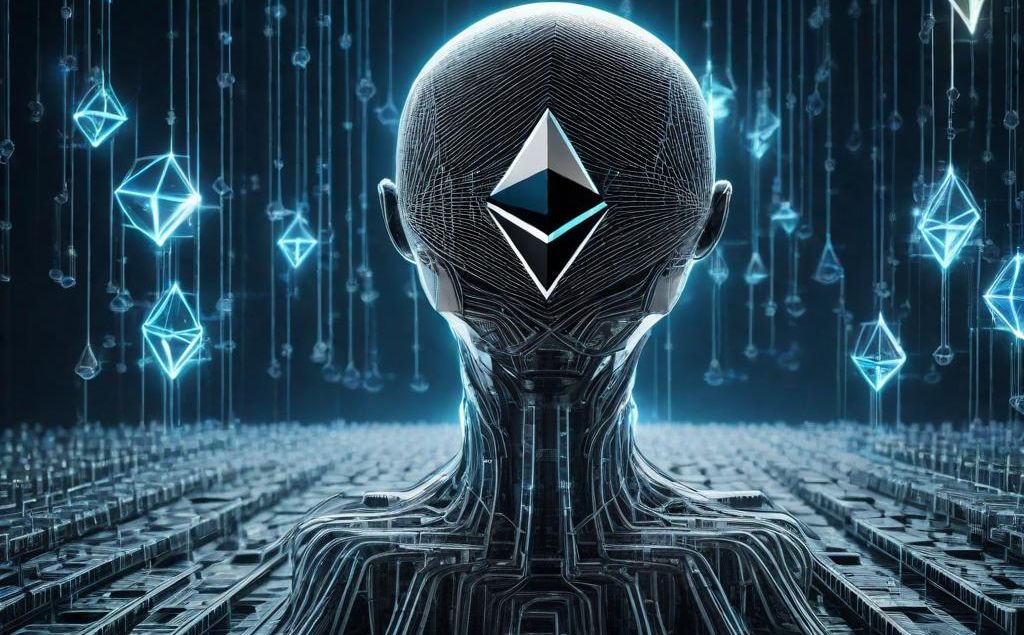As the realms of artificial intelligence (AI) and blockchain technology converge, Ethereum co-founder Vitalik Buterin has issued a cautionary note to developers, emphasizing the need for careful consideration and risk mitigation in this burgeoning field.
In a recent blog post, Buterin outlined his primary concerns, emphasizing the importance of treading carefully when deploying novel AI-powered applications in environments involving high value and significant risks.
“If someone builds, for instance, a prediction market or a stablecoin that relies on an AI oracle, and it turns out that oracle is susceptible to attack, a substantial amount of money could vanish in an instant,” Buterin cautioned.
Despite acknowledging the inherent challenges, Buterin identified areas where AI integration holds significant potential. He highlighted the ability of AI to participate in mechanisms like prediction markets at a granular level, which would be impractical for human intervention.
Furthermore, AI could be employed to enhance user experiences in crypto wallet interfaces, assisting individuals in comprehending and safely engaging with crypto transactions by explaining underlying processes and detecting potential scams.
While recognizing the potential benefits, Buterin expressed reservations about the use of pure AI interfaces, deeming them excessively risky due to the heightened likelihood of errors. However, he acknowledged the feasibility of AI complementing conventional interfaces.
Addressing the most intricate aspect of AI integration, Buterin cautioned against employing AI to enforce the rules or governance of crypto systems. He emphasized the vulnerability of open-source AI models to adversarial attacks, where malicious actors could manipulate the code to exploit weaknesses.
Closed-source AI, on the other hand, offers a degree of protection through obscurity. However, these models lack transparency and cannot provide assurances of unbiased decision-making. Buterin cited Worldcoin, an OpenAI-affiliated crypto startup, as an example of closed-source AI.
The most challenging endeavor, Buterin asserted, lies in creating a decentralized AI ecosystem using blockchain technology that other applications could utilize. “The most difficult applications to get right are those that attempt to employ blockchains and cryptographic techniques to create a ‘singleton’—a single decentralized trusted AI for a particular purpose,” he explained.
These applications hold promise for enhancing functionality and improving AI safety by mitigating the centralization risks associated with more conventional approaches. However, Buterin cautioned that numerous potential pitfalls exist.
In conclusion, Buterin’s insights serve as a valuable guide for developers venturing into the realm of AI-blockchain integration. His warnings underscore the need for meticulous planning, risk assessment, and a cautious approach to ensure the safety and security of this promising yet complex field.




